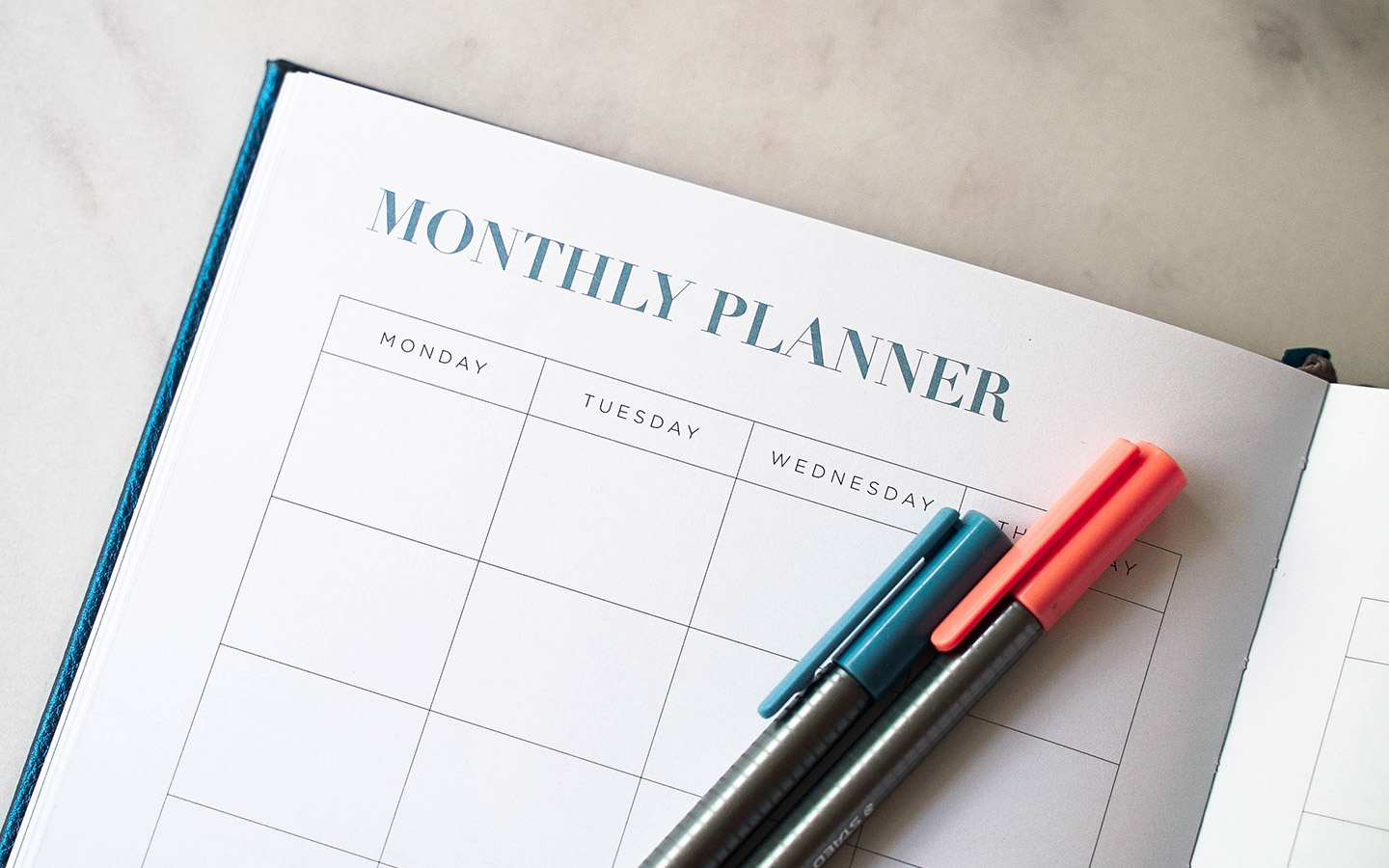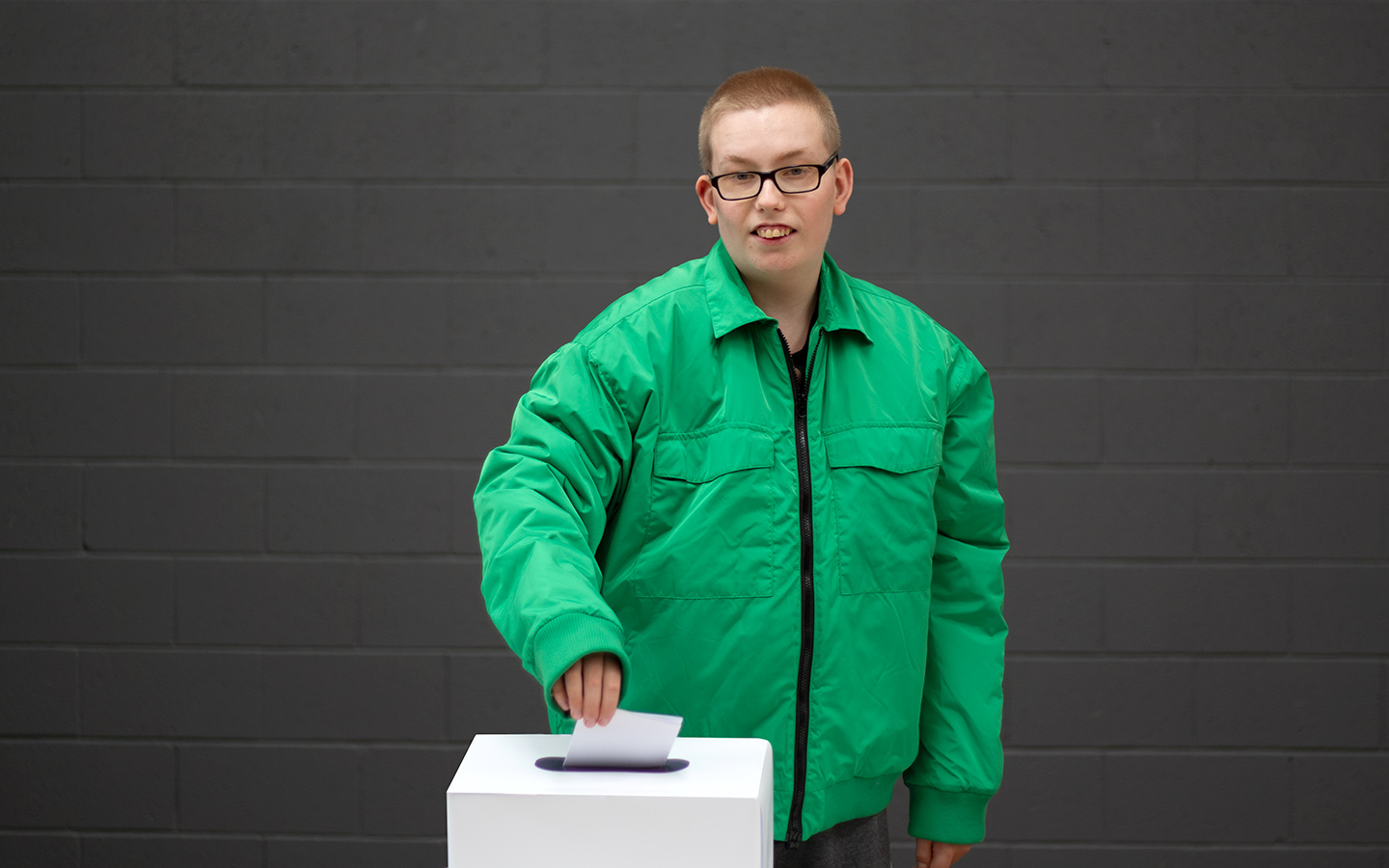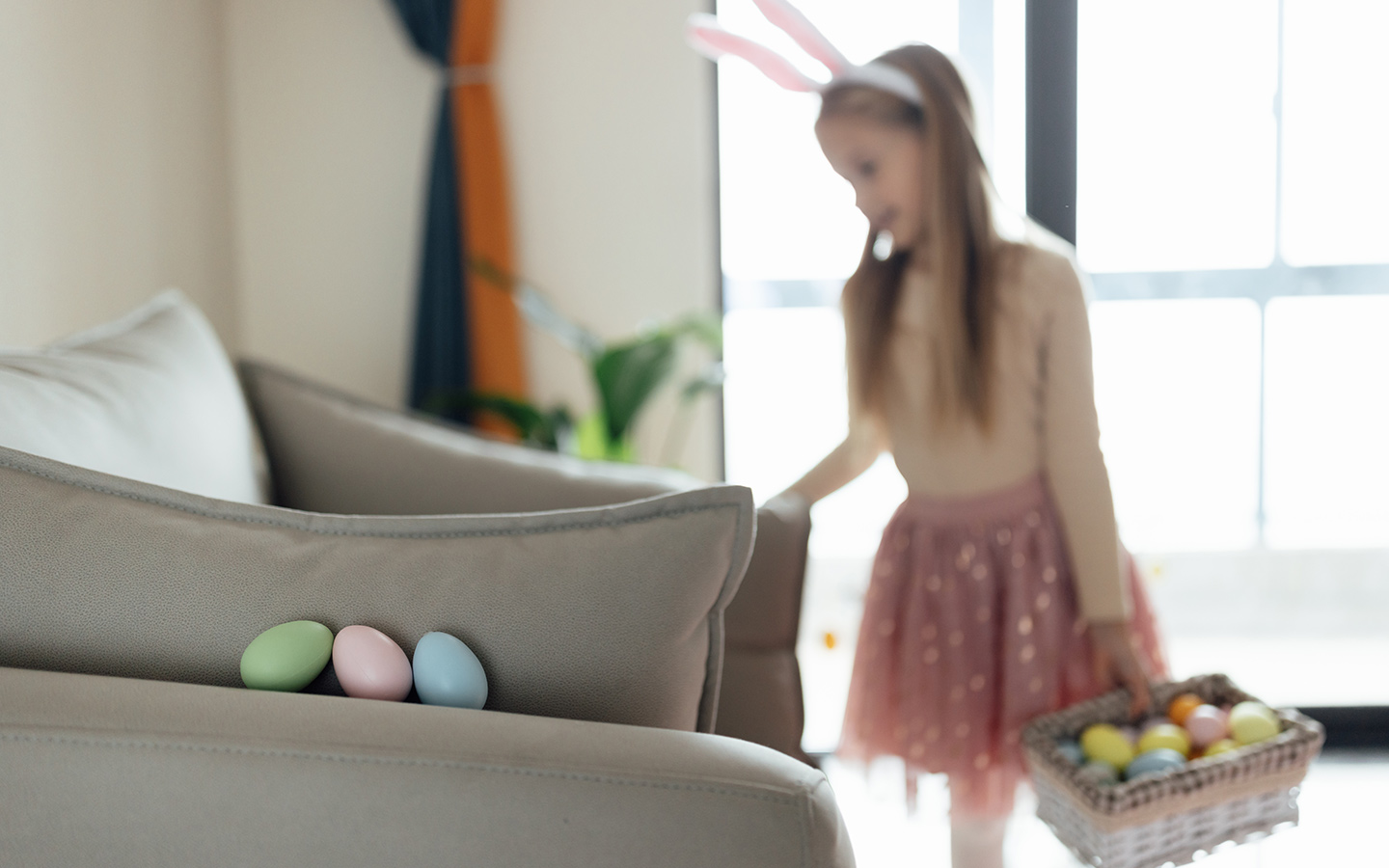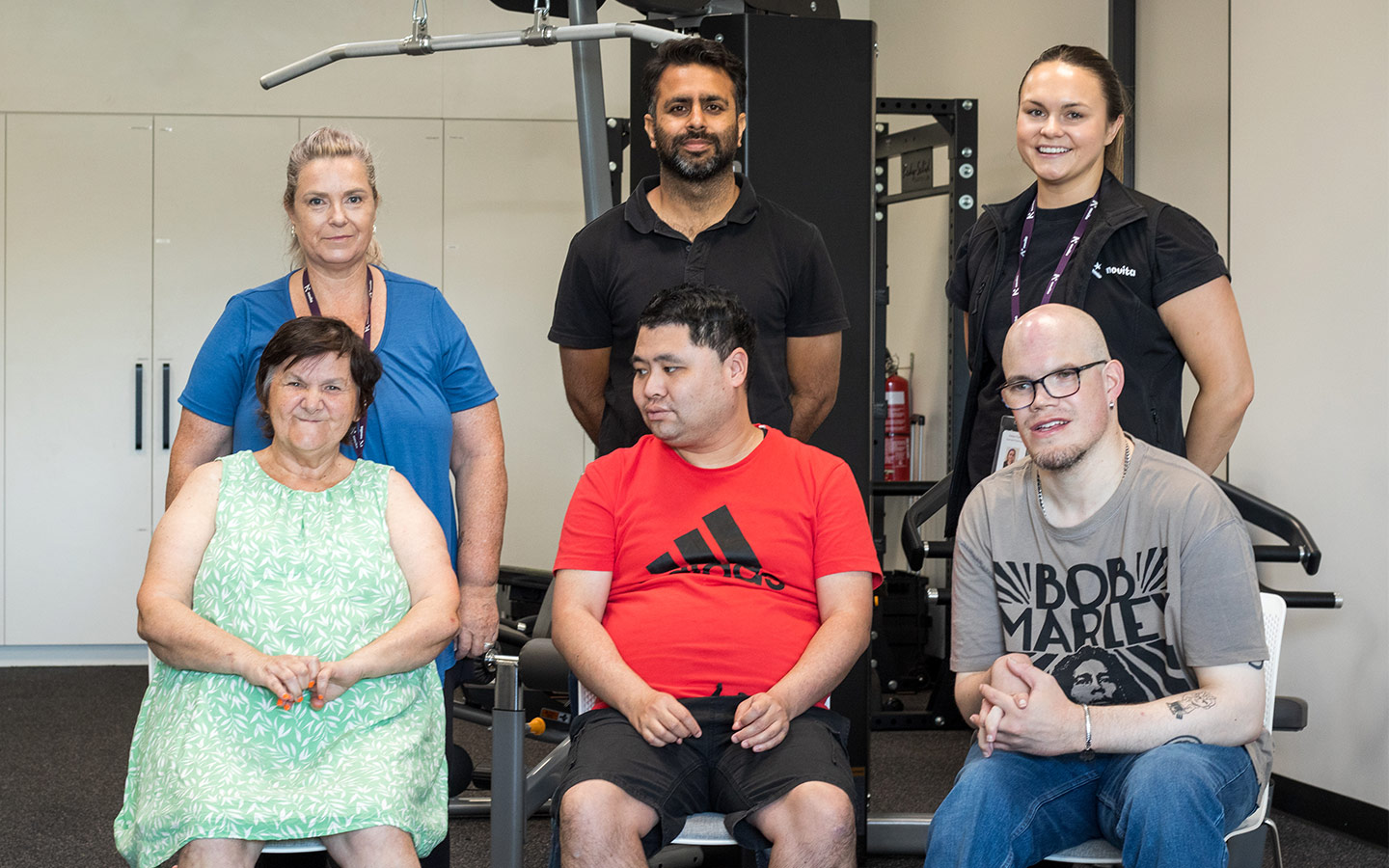Helpful Information
Visual Support for People to Participate in Life
access_time10min read

Visual supports can enable kids, young people and adults living with disability to approach their world with confidence. And it is not just about drawing pictures to tell a person living with disability what to do next – it’s also about setting up the environment around them so they have a visual representation of their world and can navigate it successfully.
For example…
A four-year-old living with motor planning difficulties was having trouble moving back inside his childcare centre for lunch after he had been playing outside. The centre had set up the tables and chairs for lunch right up against the door, so the four-year-old was forced to navigate past them, and it became a visual barrier for him. Setting up that room differently to encourage play and learning, as well as considering the needs of that four-year-old, would have provided visual support for him.
Implementing visual supports
When setting up an environment or activity to provide visual supports, it is important to ask yourself “what does this person need or want so they can participate?.” Visual supports can often help people living with disability to understand that some activities or tasks might be challenging or tricky, or that the circumstances of the activity may have changed. Showing them an object or providing a prompt as a visual support, drawing a picture, or using communication aids can help to prepare an individual for change. Visual supports can also support an individual approach to problem-solving.

Visual timetables
When people think of “visual supports” they often imagine visual timetables. Visual timetables are one type of visual support. A ‘visual timetable’ sets out the day for a person living with disability and gives them an indication of what is going to happen next in their day. Visual timetables can often combine words and images and can be quite interactive. For kids living with disability, a visual timetable can help them with their routine at school – they complete a task and can then go to their visual timetable to see what is next. Similarly for an adult living with disability and attending Day Options, their visual timetable sets out what they need to do when they first arrive, and then their tasks for the rest of the day. Visual timetables are a way of preparing an individual to successfully navigate their day.
Visual timetables are a bit like diaries. We all use diaries. Many of us would be lost if we did not have a diary to tell us where we are meant to be, what we are meant to be doing, and at what time. That can be quite stressful. A person living with disability having a visual diary is the same as having a diary on our computer or laptop. Not only can visual supports help people to work through their day, they can also manage how they feel about their day.
Making your language ‘visible’
For kids (and adults) living with communication and processing challenges, language and spoken words can quickly disappear. You say a word or a phrase, and it’s gone. Making your language ‘visible’ can be the answer. Parents can often be challenged by this – “my child isn’t responding in the way I expected” – but do not feel that you need to invent the wheel.
For example, a simple phrase such as “it’s time to get your shoes” can be made visible by grabbing a shoe, pointing to the feet, or pointing at a shoe. When it is dinner time, point at the table or the seat where the child usually sits. If your kids can read some words, perhaps use a whiteboard to write down the daily routine – get your shoes, get your schoolbag ready, watch TV for 10 minutes, etc.
Another example might be cleaning teeth. You can set this up to give your kids a visual guide of navigating the process. Perhaps put the toothbrush out, then put the toothpaste next to it and put them next to the sink, and then put the cup or toothbrush holder on the other side of the sink – therefore your kids are following the teeth cleaning process through from left to right. How you set up a task can be a just as powerful message as drawing a picture about it.
By providing your kids with visual aids you are giving them time to process.
Talk to us
If you would like more information about visual aids, or would like to talk to the Novita team about visual aids might work for you and your family, call our Customer Experience Team on 1300 668 482 or email [email protected]


